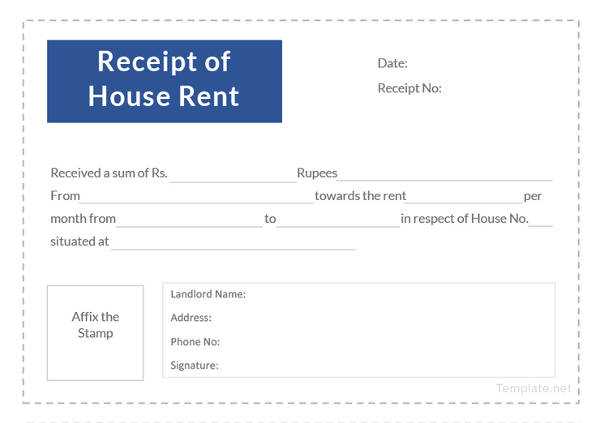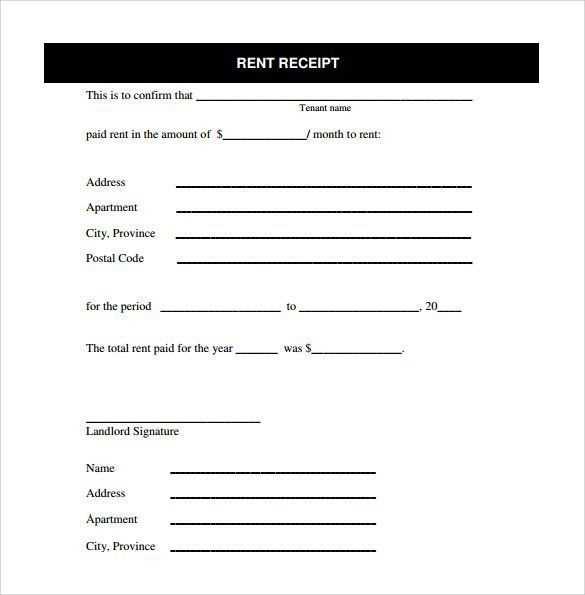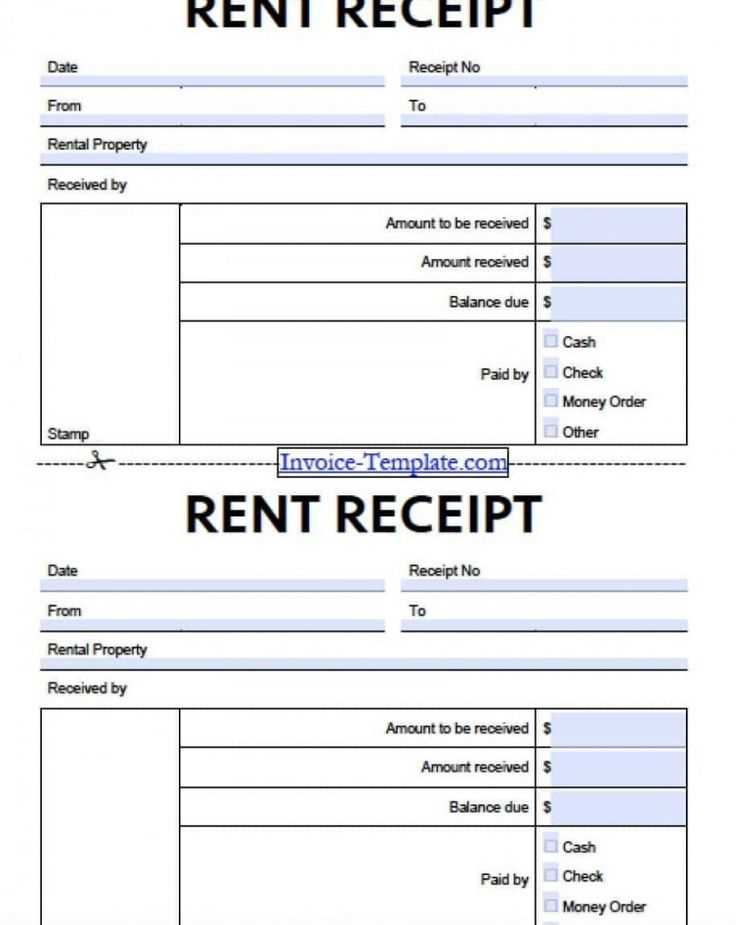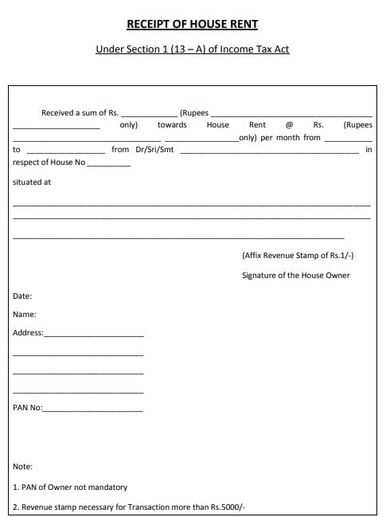
Use a clear and concise rental receipt template to ensure both parties have an accurate record of payments. It simplifies communication, minimizes confusion, and protects both tenants and landlords from future disputes. A well-structured template helps avoid missing details that could lead to misunderstandings down the line.
Include important information such as tenant and landlord names, rental amount, payment date, and the rental period. Make sure to document the method of payment–whether it’s cash, cheque, or bank transfer–so that both parties have a reference point. This level of detail makes it easy to track payments and verify that all amounts align with the rental agreement.
For clarity and accuracy, provide a unique receipt number and include the address of the rental property. These additions provide more transparency and help keep the documentation organized. A simple, yet thorough, template can streamline your process and prevent potential confusion regarding payments.
Landlord Rental Receipt Template
To create a simple and clear rental receipt, include the following key details:
- Tenant’s Name: Clearly state the tenant’s full name.
- Rental Property Address: Include the full address of the rental property.
- Payment Date: Specify the date the payment was made.
- Amount Paid: Clearly state the total amount of rent paid.
- Payment Method: Note how the rent was paid (e.g., check, bank transfer, cash).
- Period Covered: Indicate the rental period the payment covers (e.g., from January 1 to January 31).
- Landlord’s Name: The landlord’s full name or business name.
- Signature: Both parties can sign the receipt to confirm the transaction.
Ensure the receipt is clear and legible to avoid any disputes. You may also want to include a unique receipt number for tracking purposes.
How to Structure a Rental Receipt Template
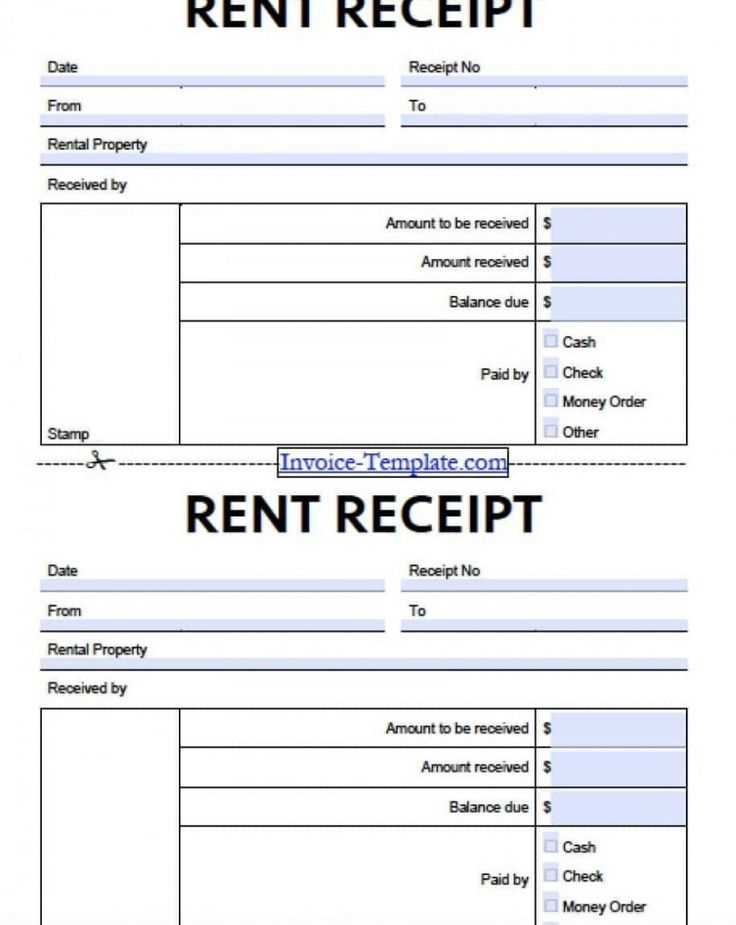
Begin with the header containing your business name, address, and contact details. This provides transparency and makes it easy to reach you if any issues arise.
Include the tenant’s information, such as name and contact details, to clarify the recipient of the payment. Specify the rental property address to avoid any confusion, especially if you manage multiple properties.
Clearly state the payment amount, including any breakdowns for rent, utilities, or additional charges. Indicate the payment method, such as check, cash, or bank transfer, to keep accurate records of transactions.
Next, provide the payment date and the rental period covered. If it’s a recurring rental agreement, mention the due date for the next payment to help both parties stay organized.
Conclude with a section for both the landlord’s and tenant’s signatures, if necessary. This can serve as proof of the transaction and agreement between the parties.
Common Mistakes to Avoid When Creating Receipts
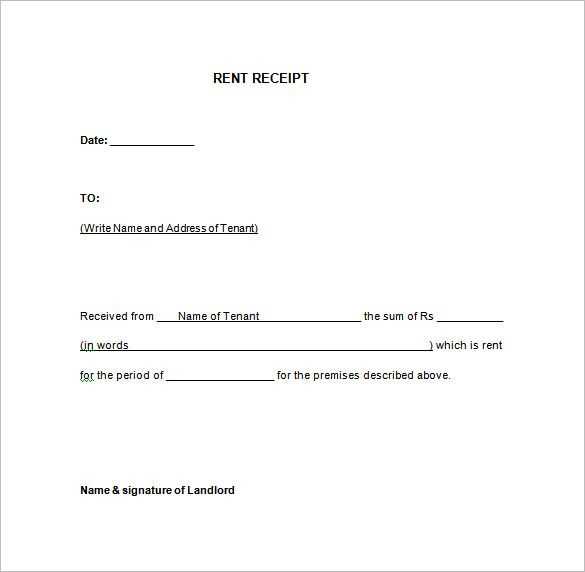
Ensure all relevant details are included in your receipts. Missing key information, like the tenant’s name or rental period, can lead to confusion. Always include the date the payment was made to avoid ambiguity.
Double-check the amount paid and the method of payment. Errors in this section can create discrepancies. Make sure the total matches the rent amount or any agreed-upon adjustments.
Clearly state the purpose of the payment. A generic label like “payment” doesn’t clarify if it’s for rent, utilities, or another fee. Break down costs to provide transparency.
Don’t overlook the receipt number. It helps in organizing records and tracking payments. Skipping this step can create challenges when referencing past transactions.
Leave out unnecessary details that might clutter the receipt. Focus on what’s necessary for clarity and documentation. Too much information can make it harder to review the receipt later.
Make sure the landlord’s name or business is clearly visible. Including contact information ensures that tenants can reach you if there’s an issue or a question about the payment.
Finally, remember to issue the receipt promptly after the payment. Delaying this process may cause misunderstandings or disputes, as tenants may forget payment details over time.
Why Customization Matters in Rental Receipts
Customizing rental receipts can significantly improve clarity and accountability. It ensures that both the landlord and tenant are on the same page regarding payment details. By personalizing receipts, landlords can include specific terms, payment breakdowns, or property-related information that directly applies to the transaction.
Improved Record-Keeping
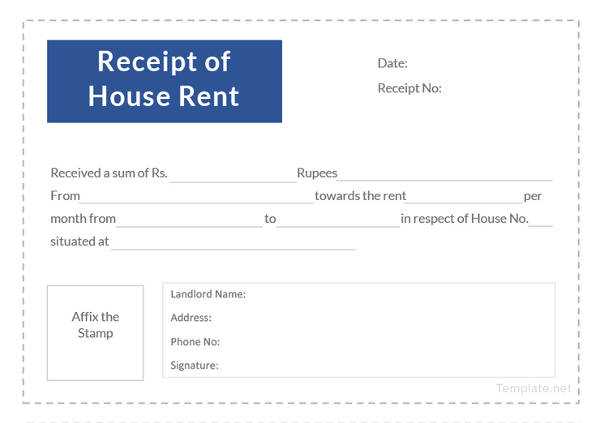
A tailored rental receipt helps create accurate records. With customized details like the rental period, amount paid, and any additional fees, landlords and tenants can easily track payments. This minimizes the chances of confusion or disputes in the future.
Professional Appearance
A well-designed, customized receipt enhances a landlord’s professional image. It shows a commitment to transparency and organization, which fosters trust with tenants. Clear, personalized receipts make the rental process smoother and more straightforward for everyone involved.
